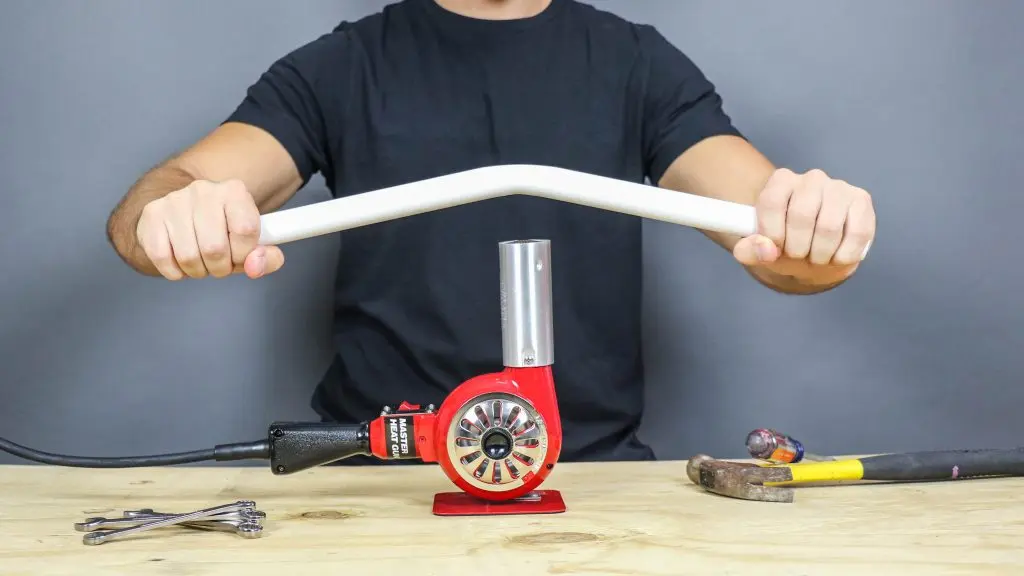Nov . 04, 2024 15:07 Back to list
High-Quality PPR Products for Efficient Water Pipe Solutions
Understanding PPR Water Pipe Products A Comprehensive Guide
In the world of plumbing, ensuring a safe and efficient water supply system is paramount. One critical innovation that has revolutionized the industry is the use of PPR (Polypropylene Random Copolymer) water pipes. These pipes have become a preferred choice for various applications, from residential plumbing to large-scale industrial installations. This article will delve into what PPR water pipes are, their benefits, and their applications, along with some essential considerations for installation and maintenance.
What are PPR Water Pipes?
PPR water pipes are made from a high-quality thermoplastic polymer known for its robustness and versatility. The properties of PPR make it ideal for hot and cold water supply systems. Unlike traditional materials like copper or PVC, PPR pipes are resistant to corrosion, scaling, and chemical damage, making them a reliable choice for transporting water safely.
PPR pipes are available in various diameters and pressure ratings, catering to a wide range of plumbing needs. They can be connected through fusion welding, which creates a seamless and leak-proof joint, further adding to their durability and reliability.
Benefits of PPR Water Pipes
1. Durability PPR pipes can last for over 50 years when installed correctly. They resist cracks, breaks, and leaks, which are common issues with traditional piping materials.
2. Chemical Resistance The resistance of PPR to a variety of chemicals makes it suitable for installations that might encounter aggressive substances, ensuring the integrity of the water supply.
3. Temperature Tolerance PPR pipes can handle a wide range of temperatures, typically from -20 to 95 degrees Celsius. This allows for their use in both hot and cold water systems without any loss of performance.
4. Lightweight PPR pipes are significantly lighter than metal alternatives, making them easier to transport, handle, and install. The reduction in weight can also lead to lower shipping costs.
5. Low Thermal Conductivity PPR has low thermal conductivity, which helps in reducing energy costs when transporting heated water. The insulation properties help maintain the temperature of the water for longer periods, resulting in energy savings.
water pipe ppr products

6. Environmentally Friendly PPR is recyclable and does not contribute to soil or water contamination, making it a more environmentally responsible choice compared to other materials.
Applications of PPR Water Pipes
PPR water pipes are versatile and used in various applications, including
- Residential Plumbing Ideal for both hot and cold water supply systems in homes. - Industrial Use Suitable for transporting chemicals and fluids in commercial and industrial settings due to their robustness. - Heating Systems Commonly used in heating installations (like underfloor heating) because of their ability to withstand high temperatures. - Irrigation Frequently used in agricultural applications for irrigation systems due to their resistance to corrosion.
Installation and Maintenance Considerations
While PPR pipes are generally low-maintenance, proper installation and occasional checks are crucial for maximizing their lifespan. Here are some key points to consider
1. Professional Installation Although some may attempt DIY installations, it is advisable to hire professionals who are experienced in working with PPR. Proper fusion welding technique is essential to ensure leak-proof joints.
2. Pipe Support Ensure that pipes are adequately supported to avoid sagging, which can lead to water retention and potential breakage.
3. Regular Inspections Regularly inspect the system for any signs of wear or damage, particularly in high-pressure applications where the risk of failure may increase.
4. Avoiding Excessive Heat Although PPR pipes withstand heat, prolonged exposure to high temperatures can cause deformation. Ensure that pipes are not placed near significant heat sources.
In conclusion, PPR water pipes are a modern, efficient, and reliable choice for various plumbing applications. Their durability, resistance to chemicals, and environmental benefits make them an excellent option for anyone looking to install a dependable water supply system. Whether for residential use or industrial applications, understanding the advantages and proper maintenance of PPR pipes can lead to significant long-term benefits. As the plumbing industry continues to evolve, PPR products remain at the forefront of innovation, ensuring clean, safe, and efficient water delivery to consumers everywhere.
-
High-Quality PVC Borehole Pipes Durable & Versatile Pipe Solutions
NewsJul.08,2025
-
High-Quality PVC Perforated Pipes for Efficient Drainage Leading Manufacturers & Factories
NewsJul.08,2025
-
High-Quality PVC Borehole Pipes Durable Pipe Solutions by Leading Manufacturer
NewsJul.08,2025
-
High-Quality PVC Borehole Pipes Reliable PVC Pipe Manufacturer Solutions
NewsJul.07,2025
-
High-Quality UPVC Drain Pipes Durable HDPE & Drain Pipe Solutions
NewsJul.07,2025
-
High-Quality Conduit Pipes & HDPE Conduit Fittings Manufacturer Reliable Factory Supply
NewsJul.06,2025

